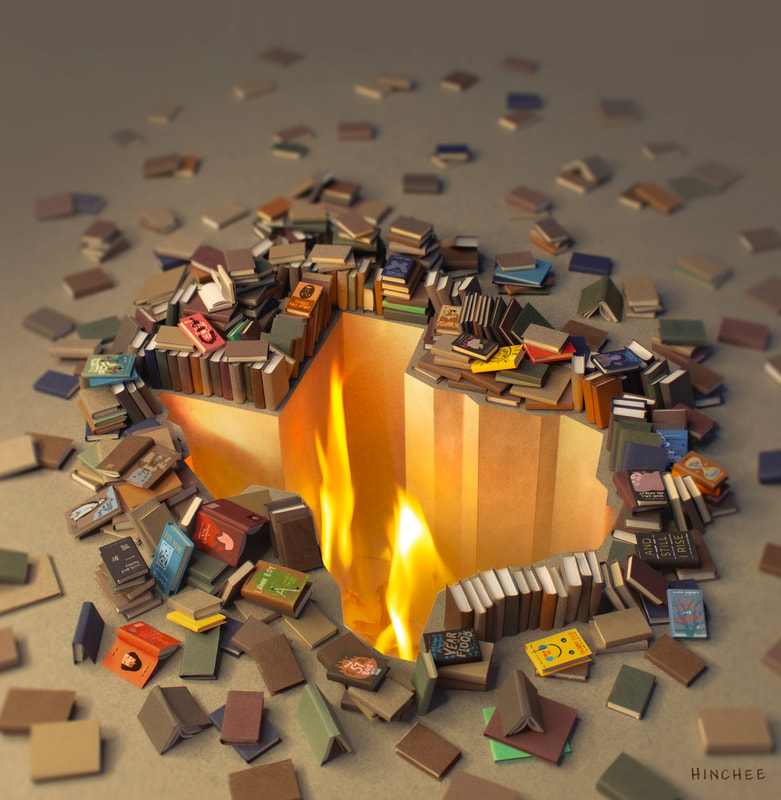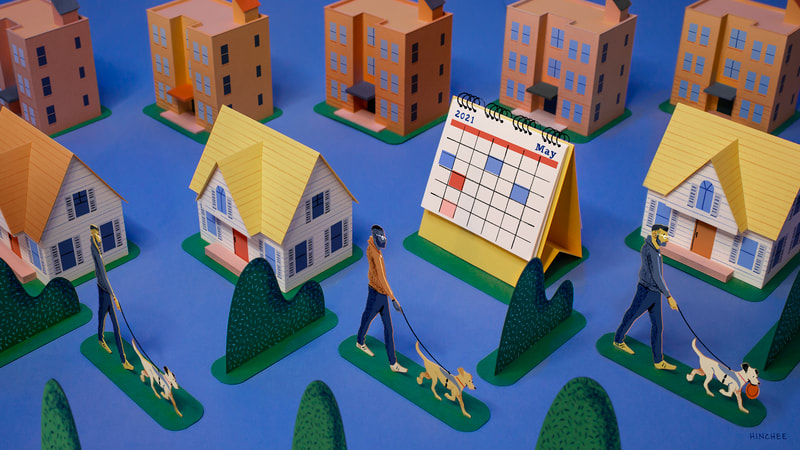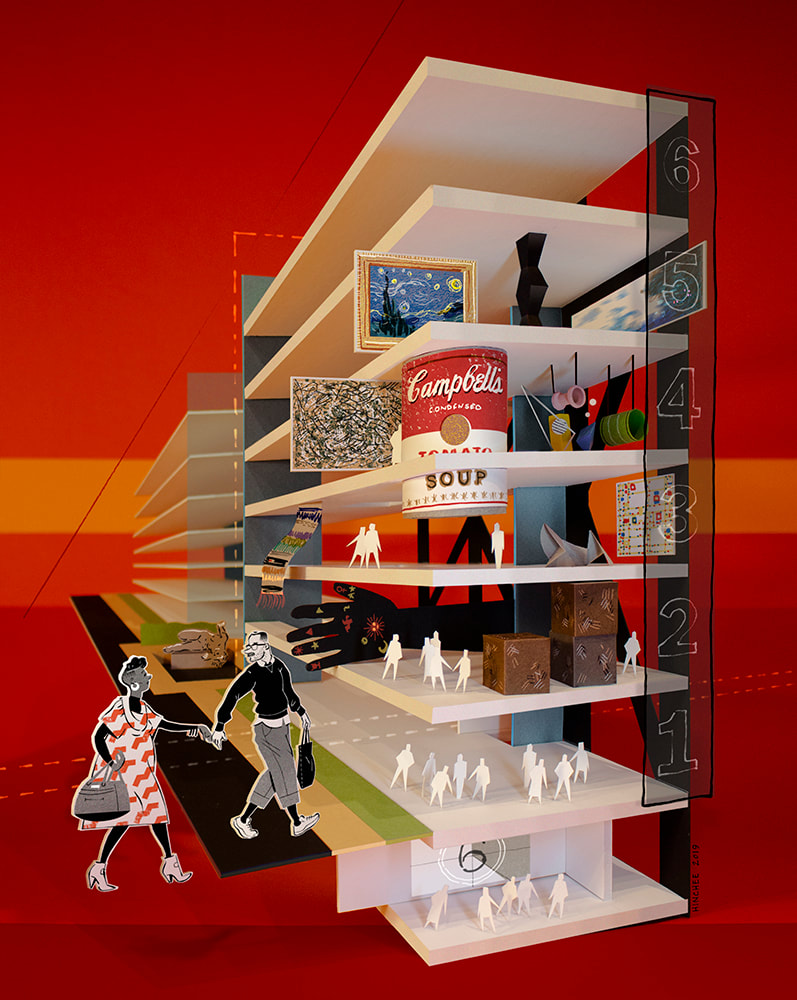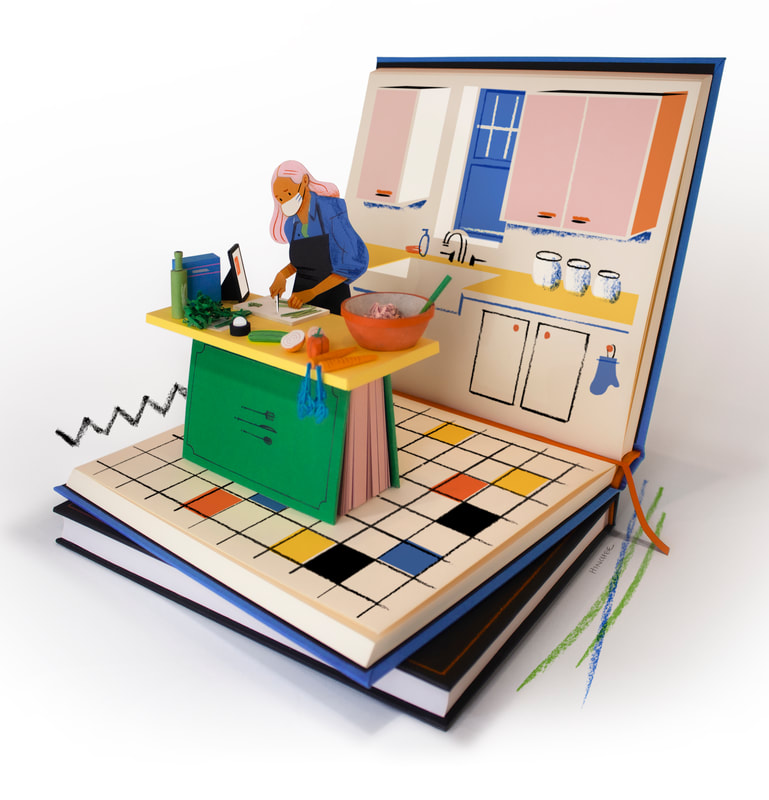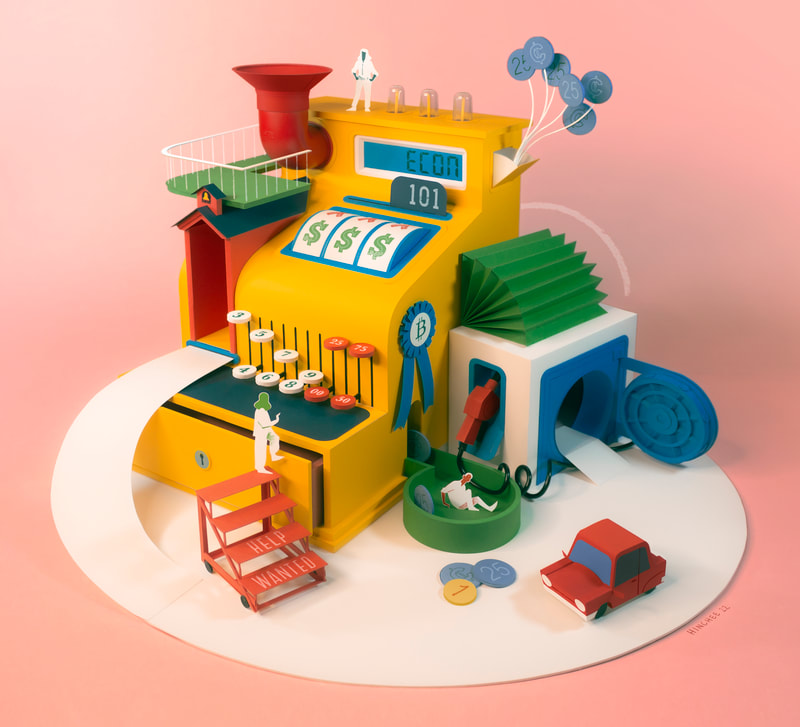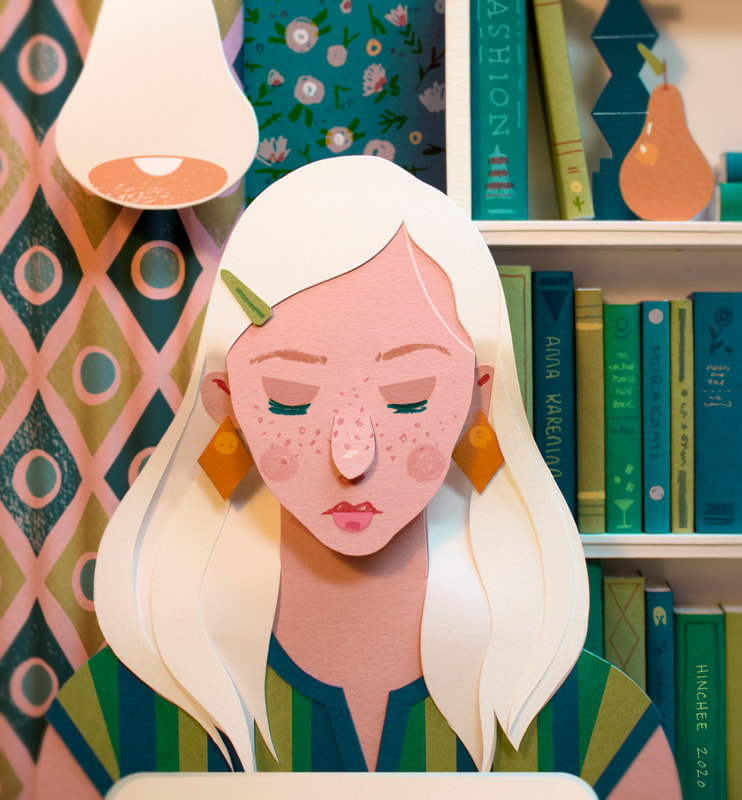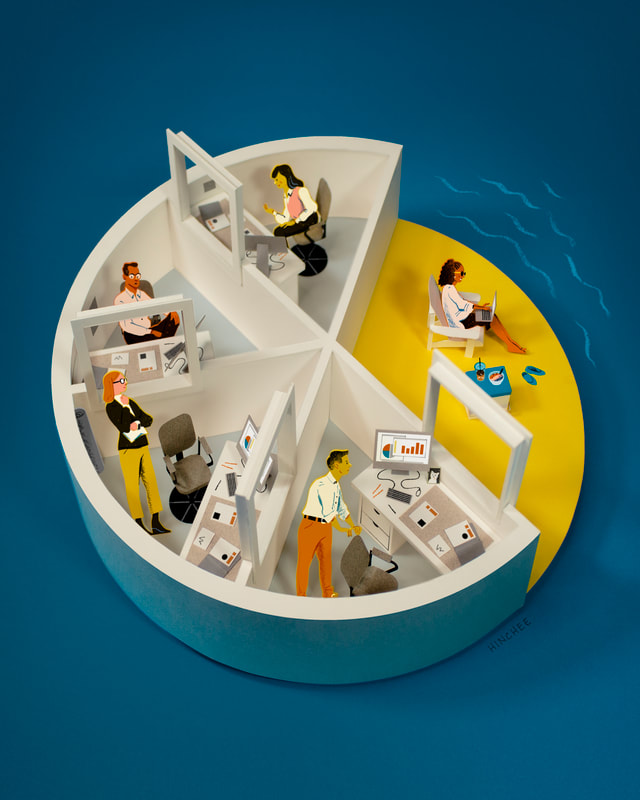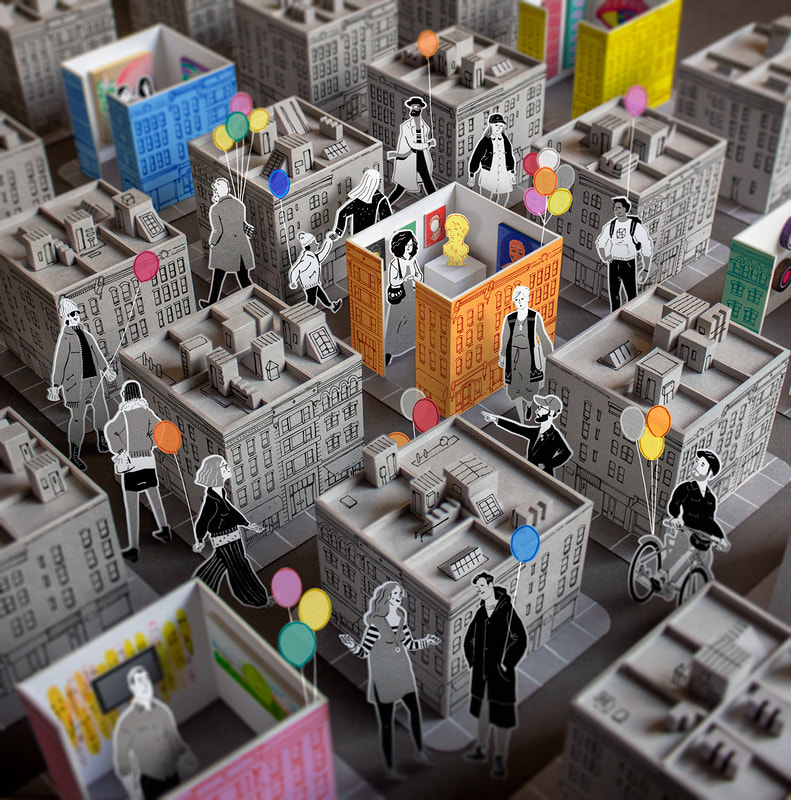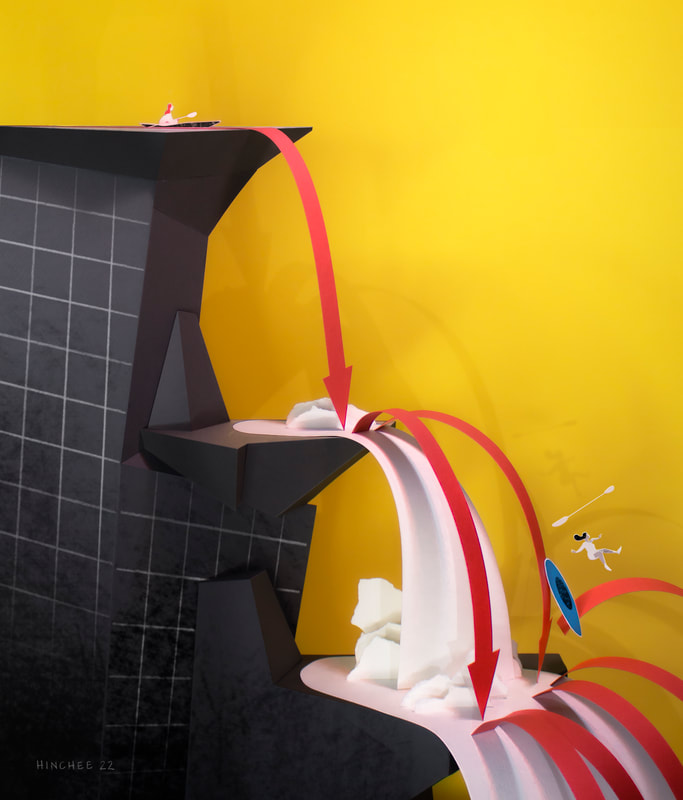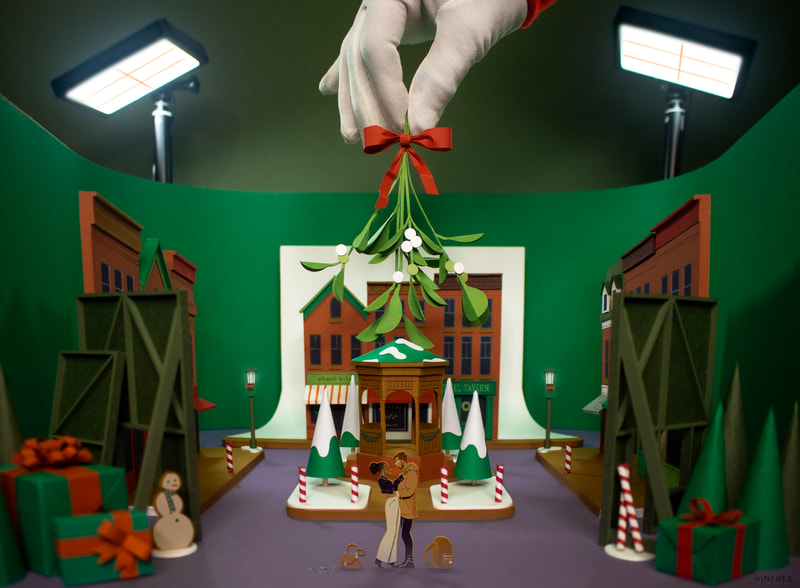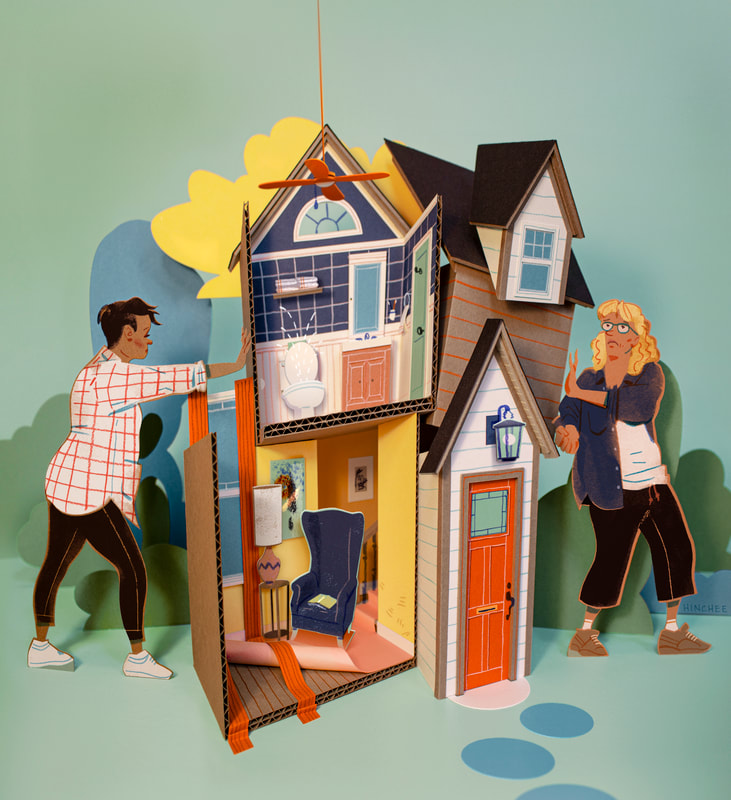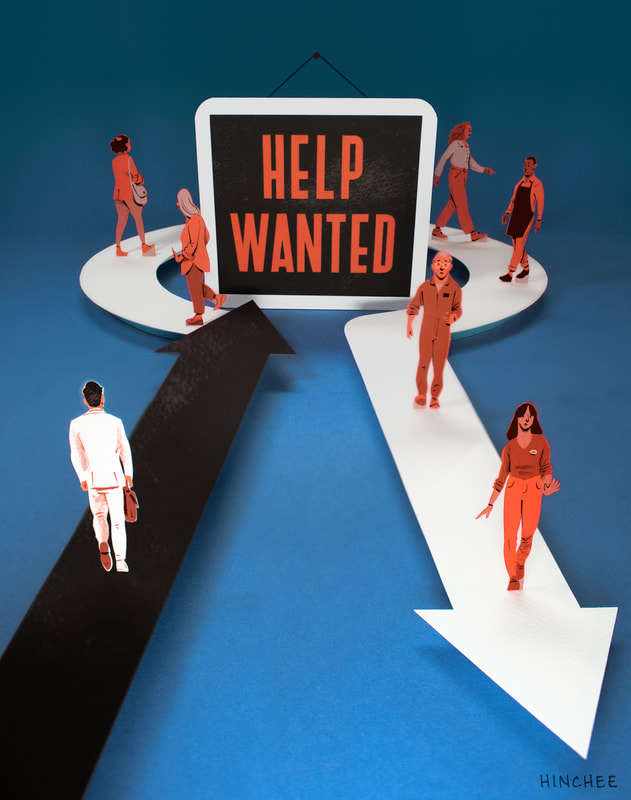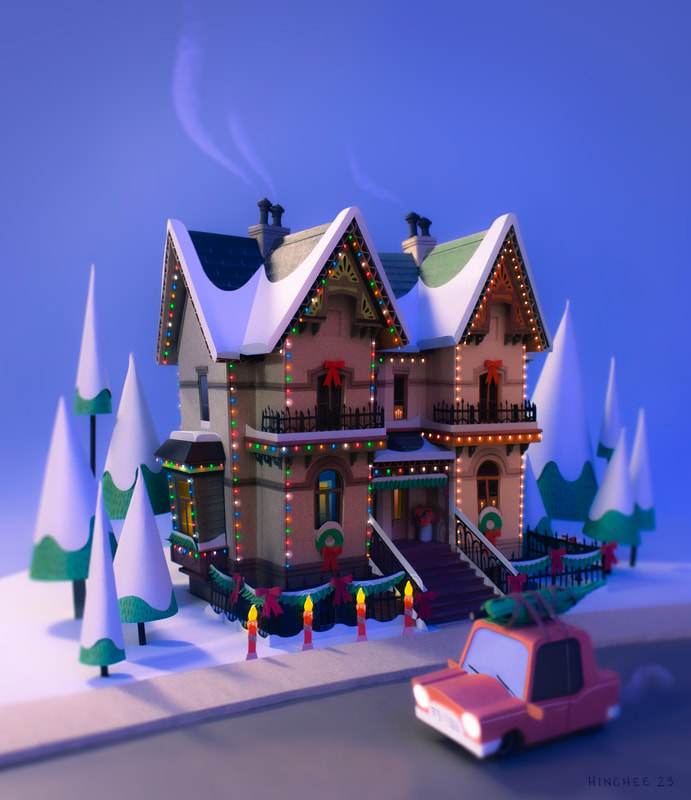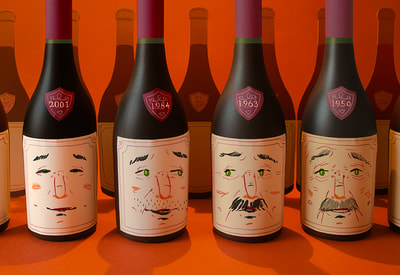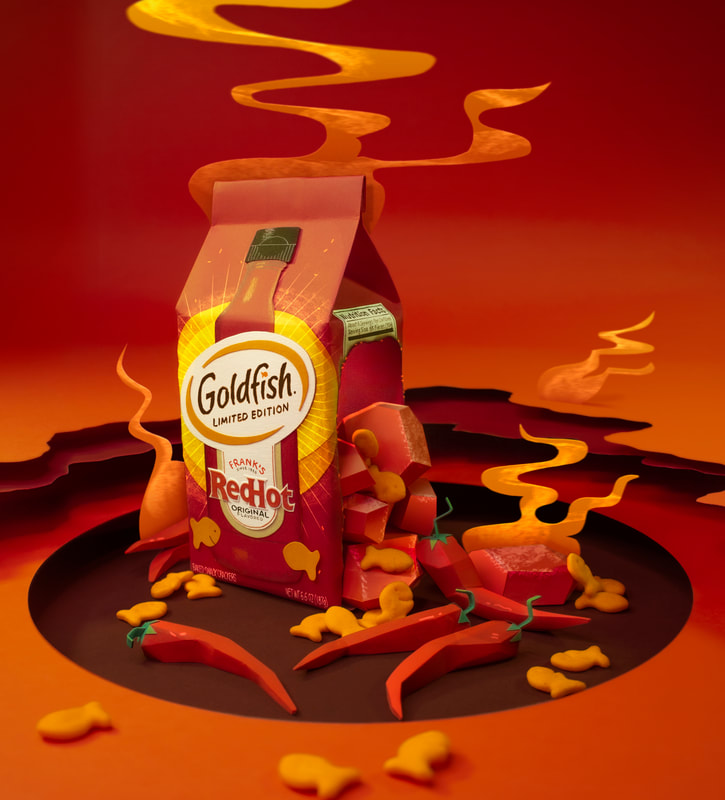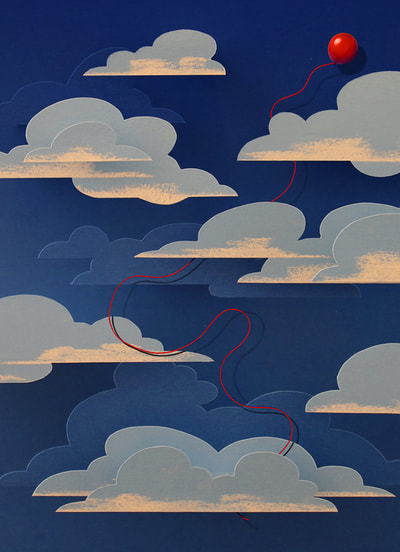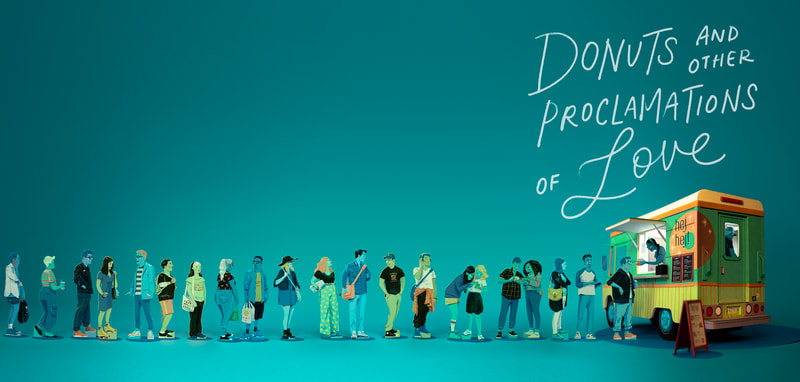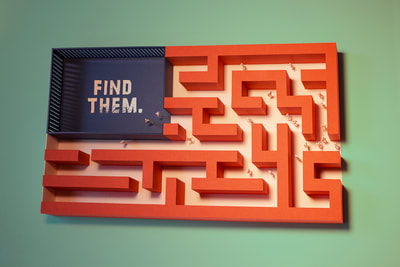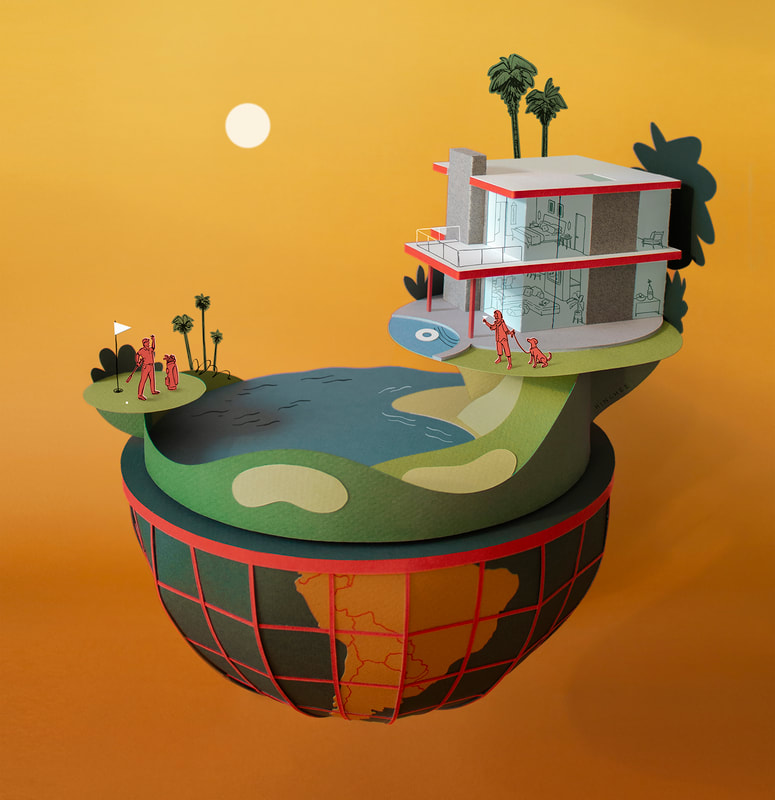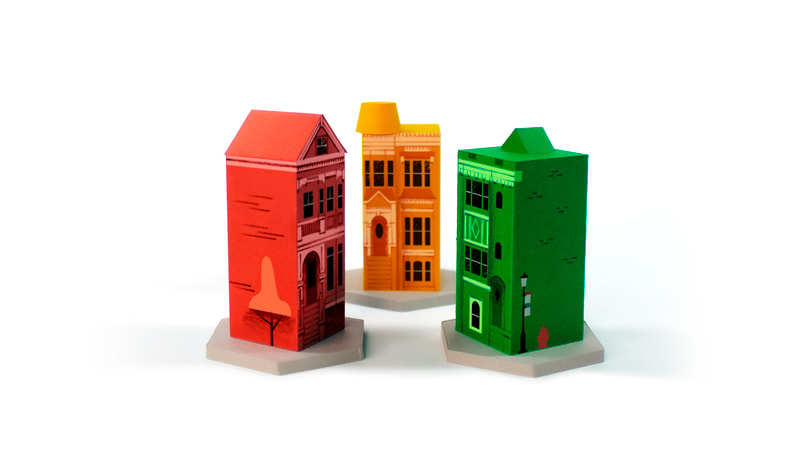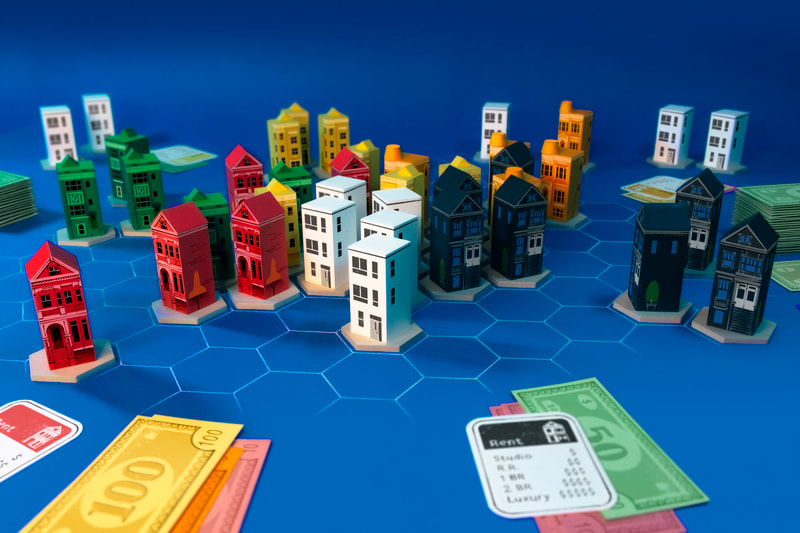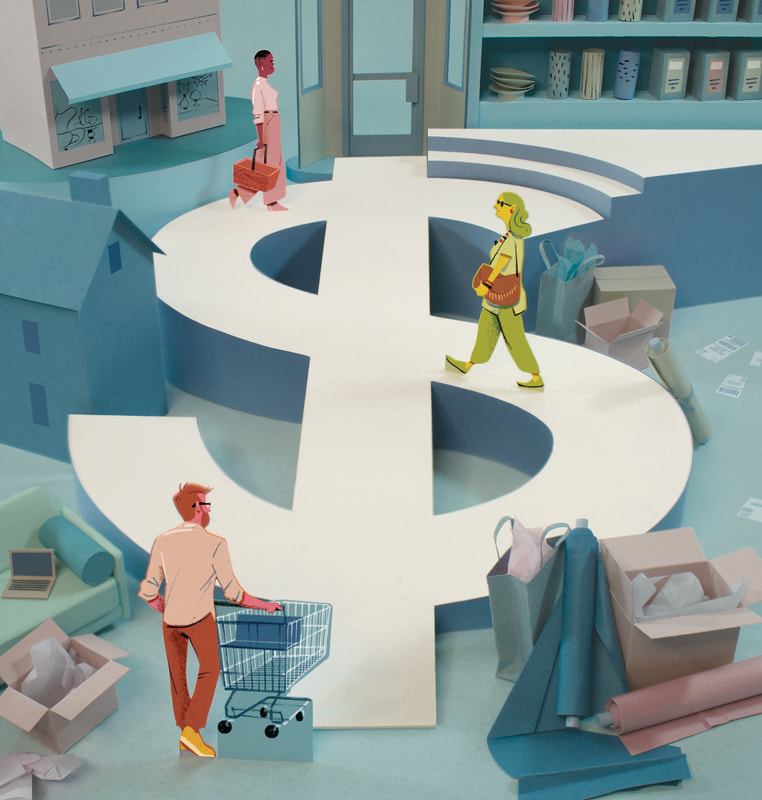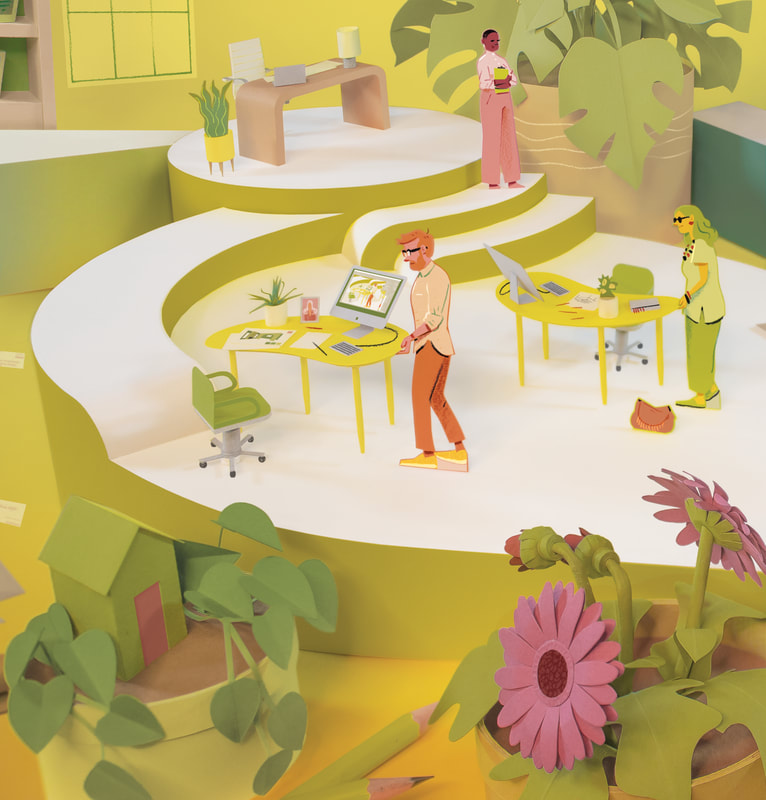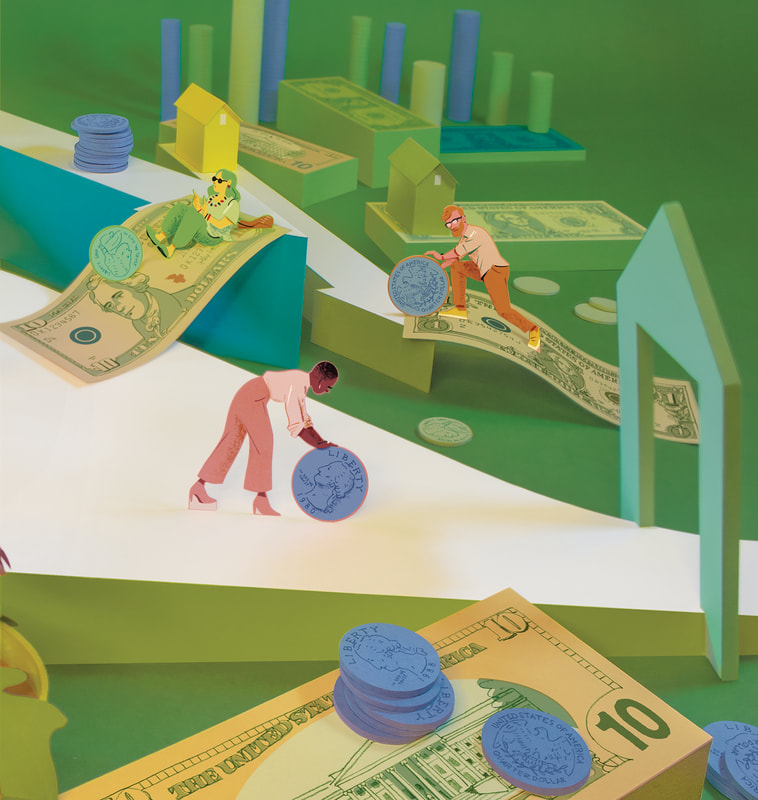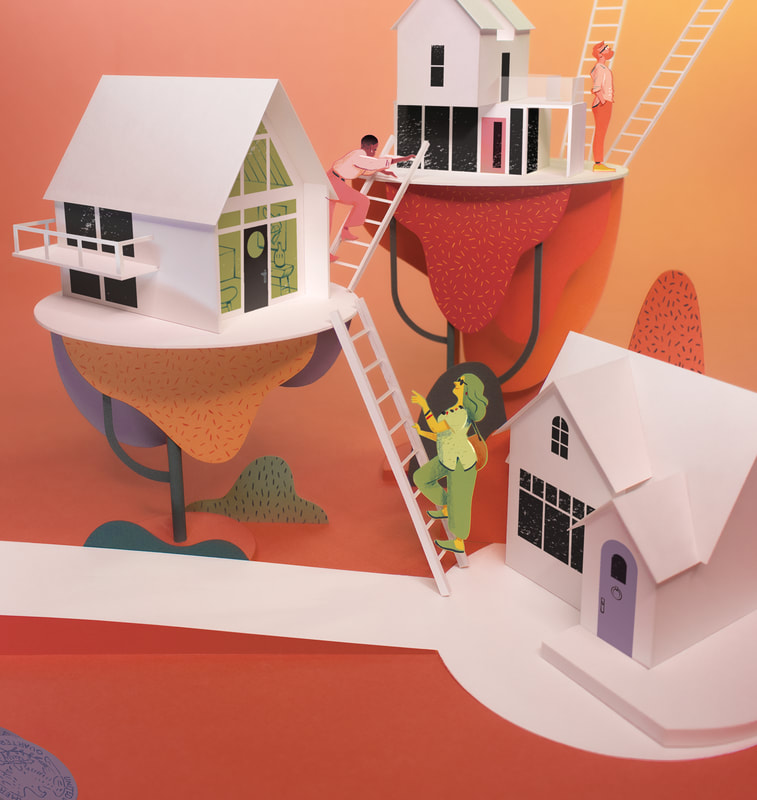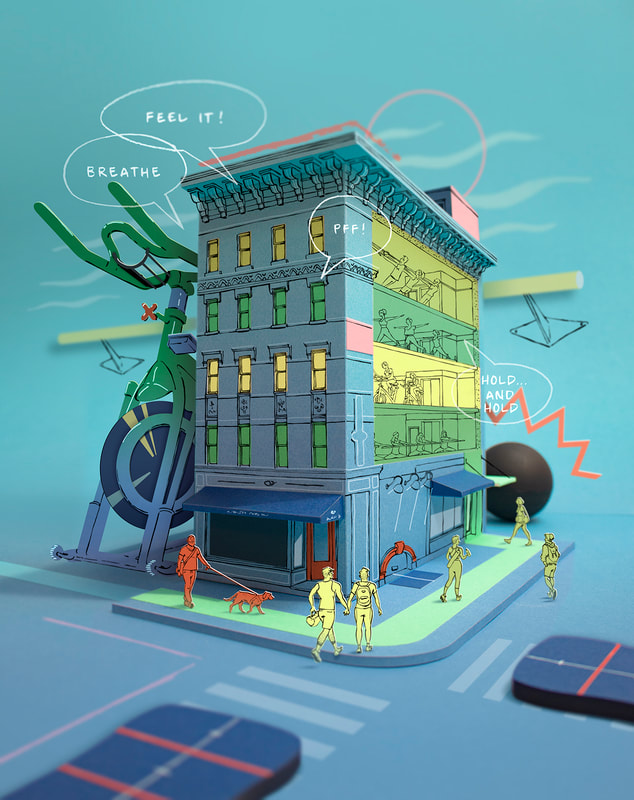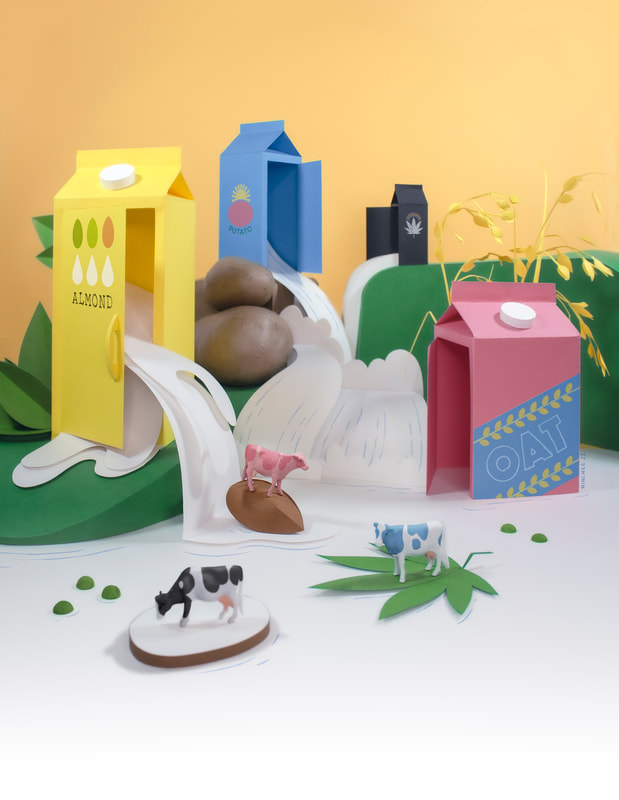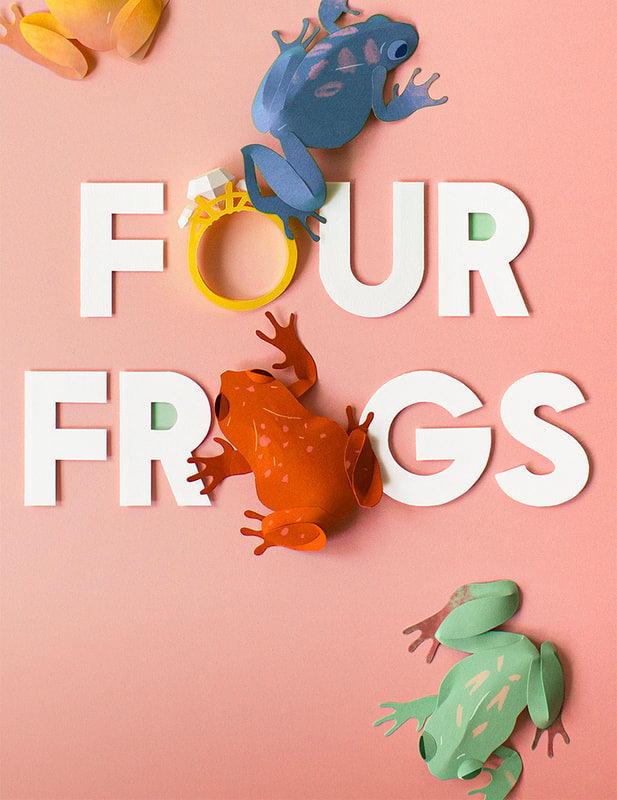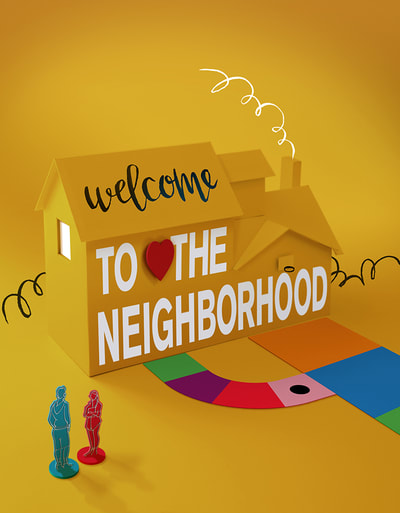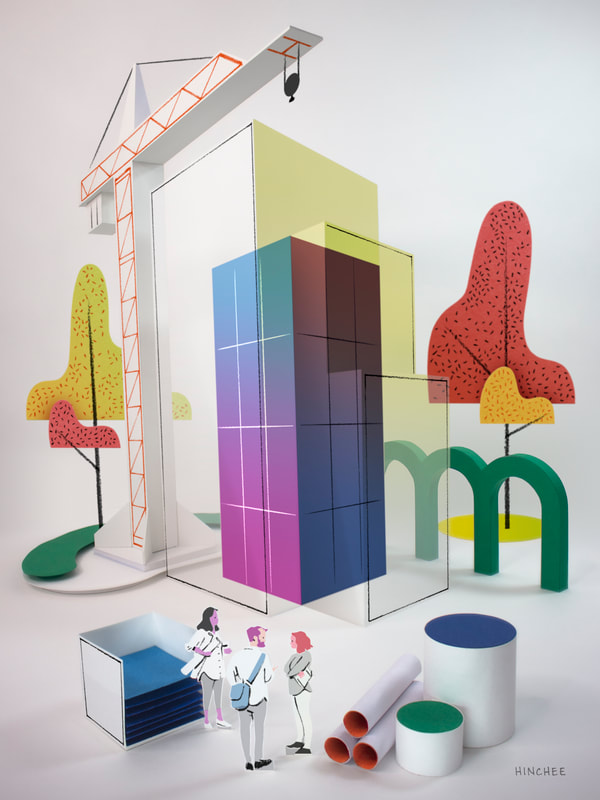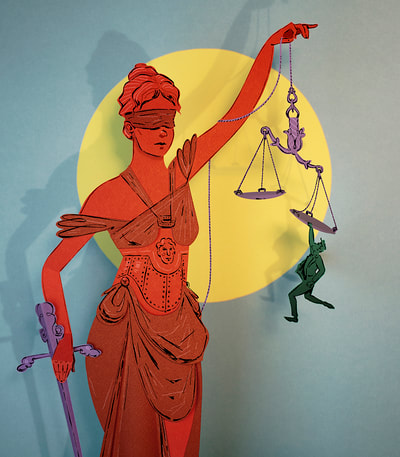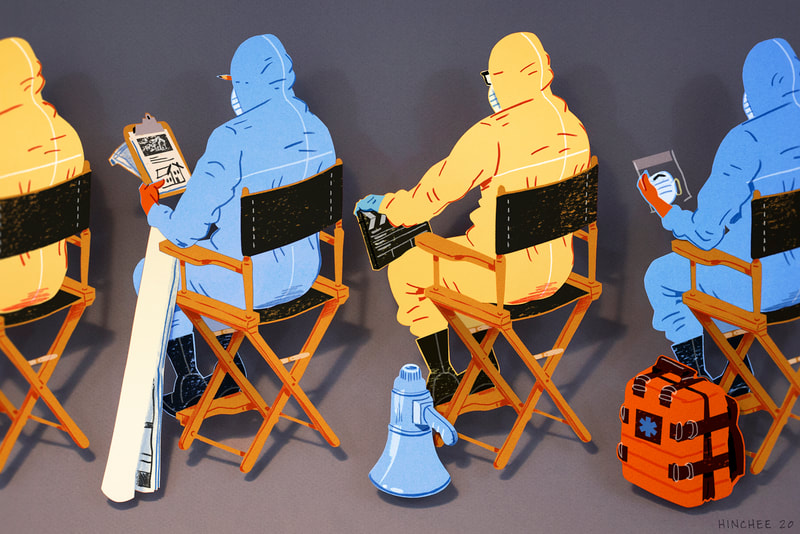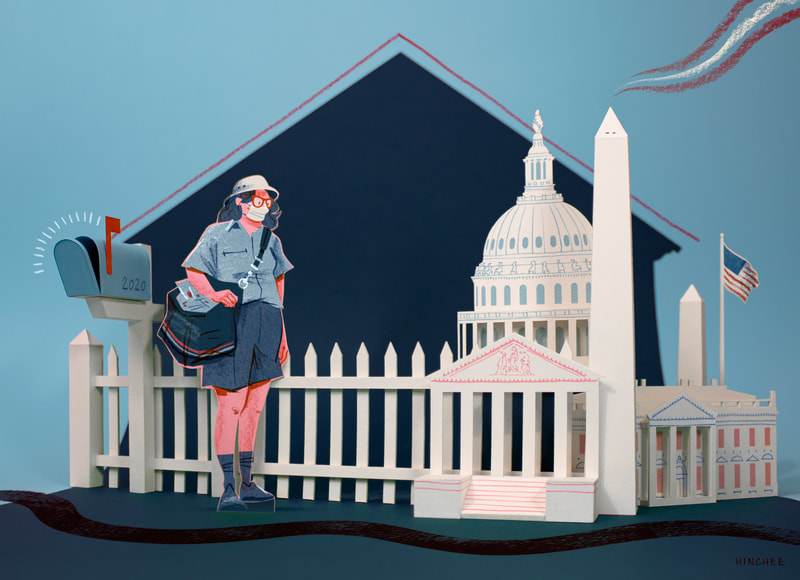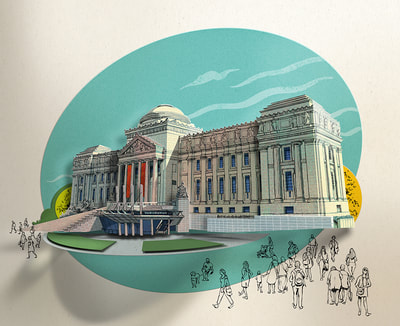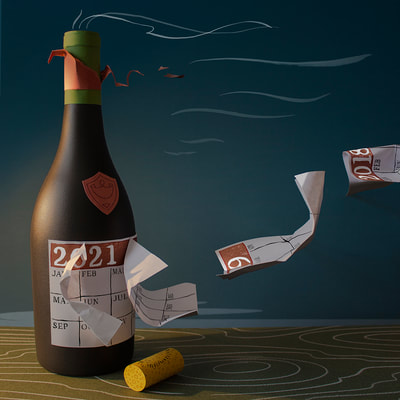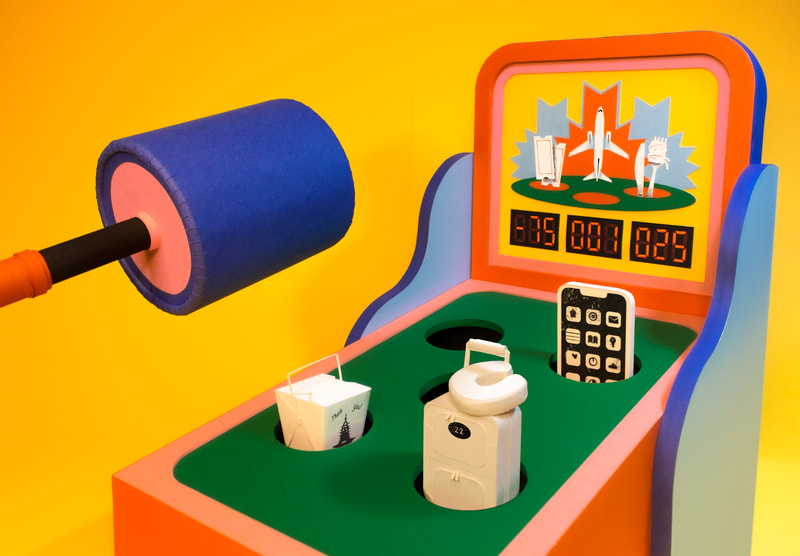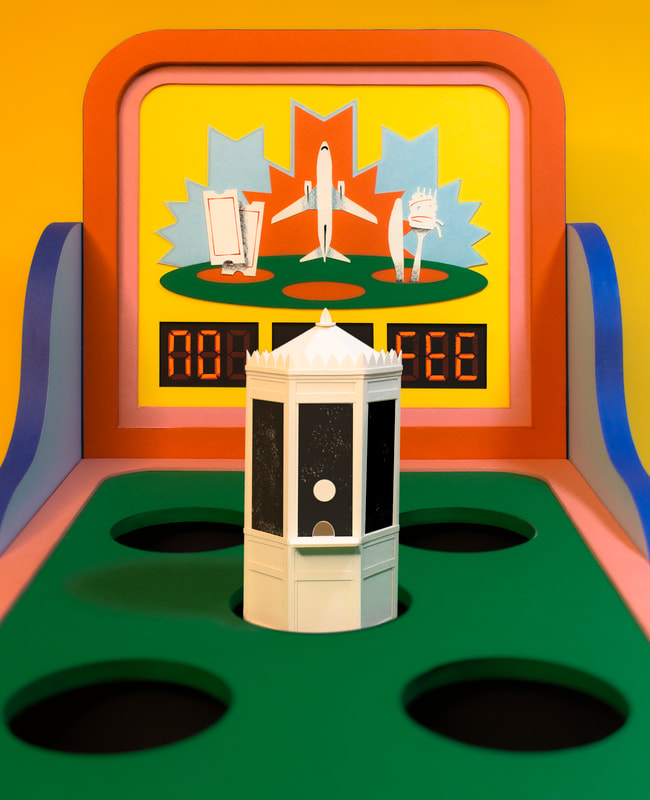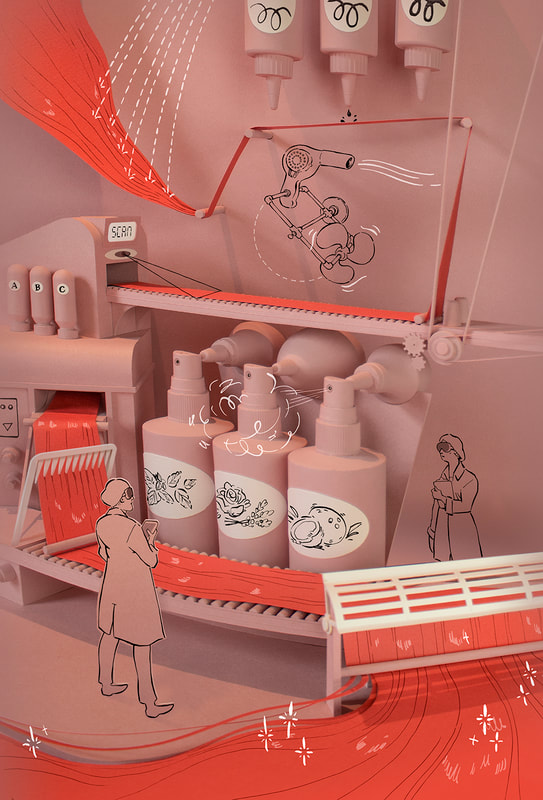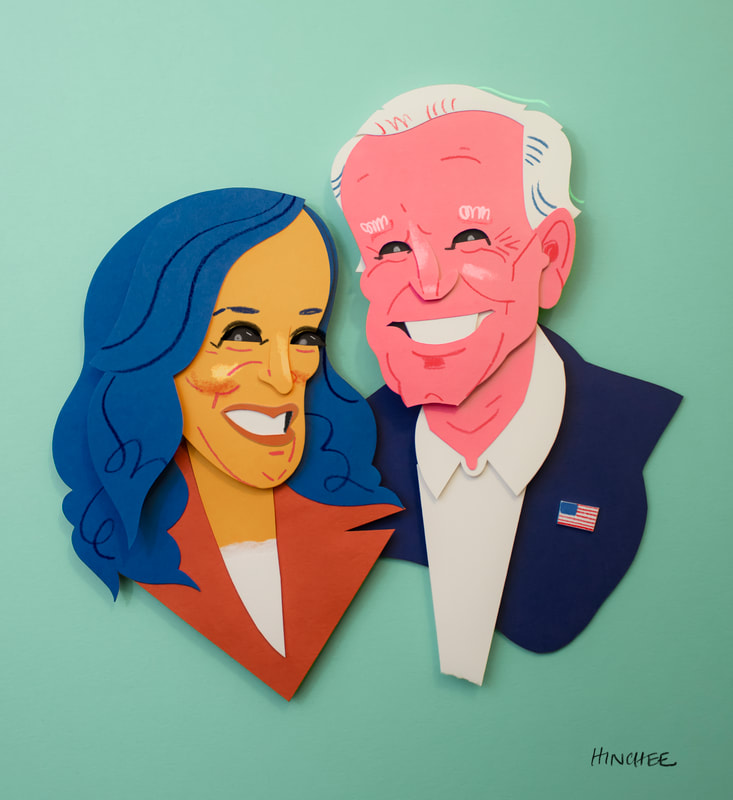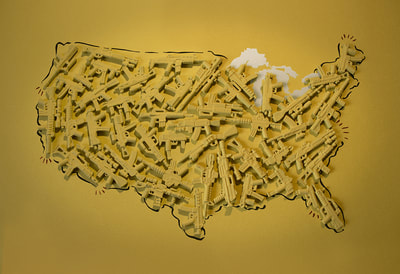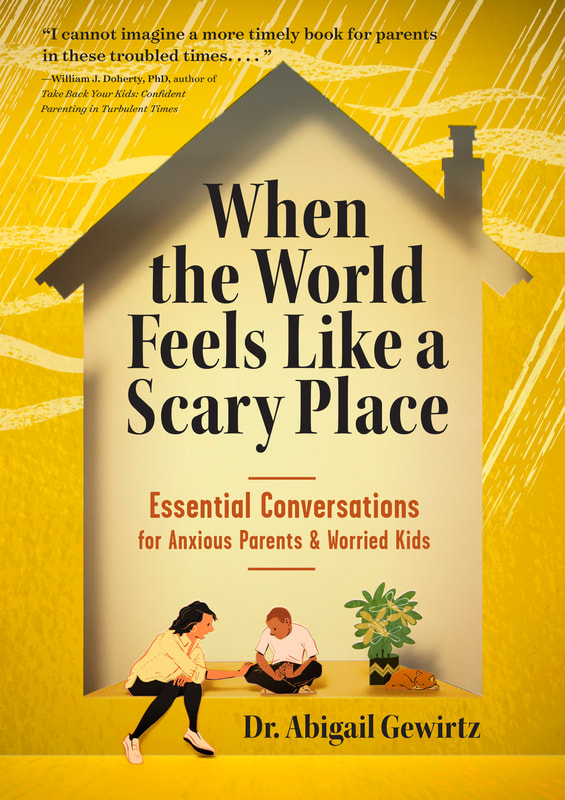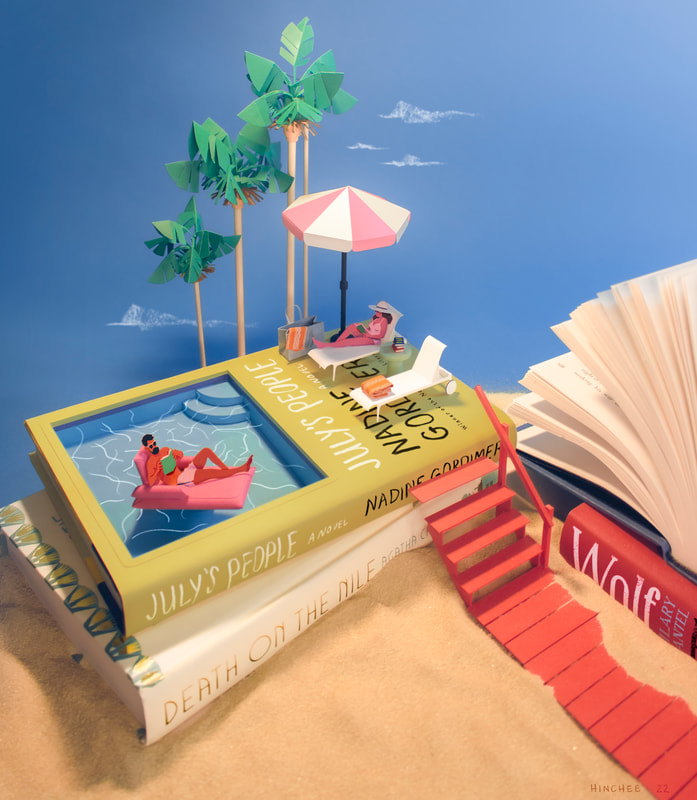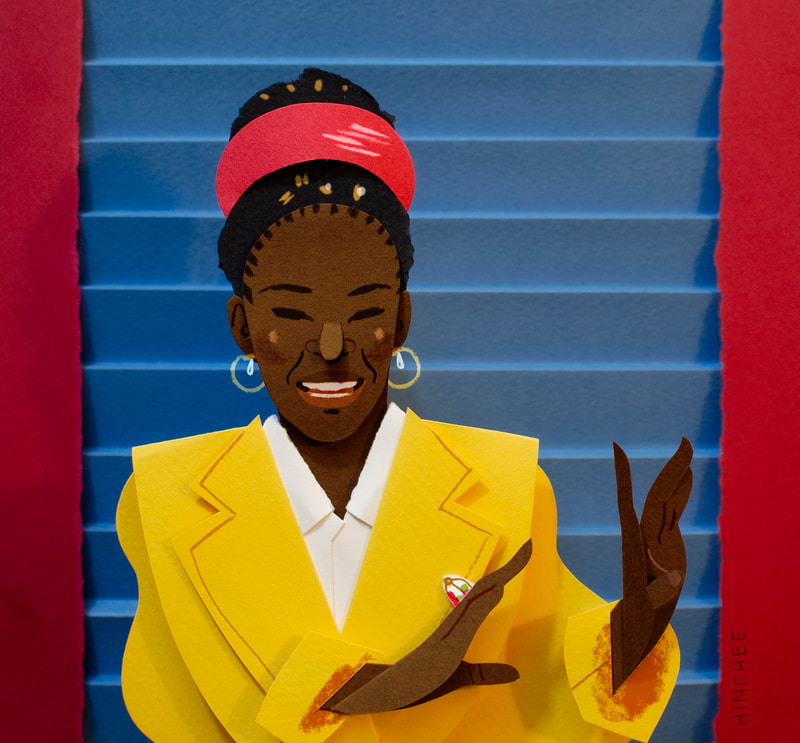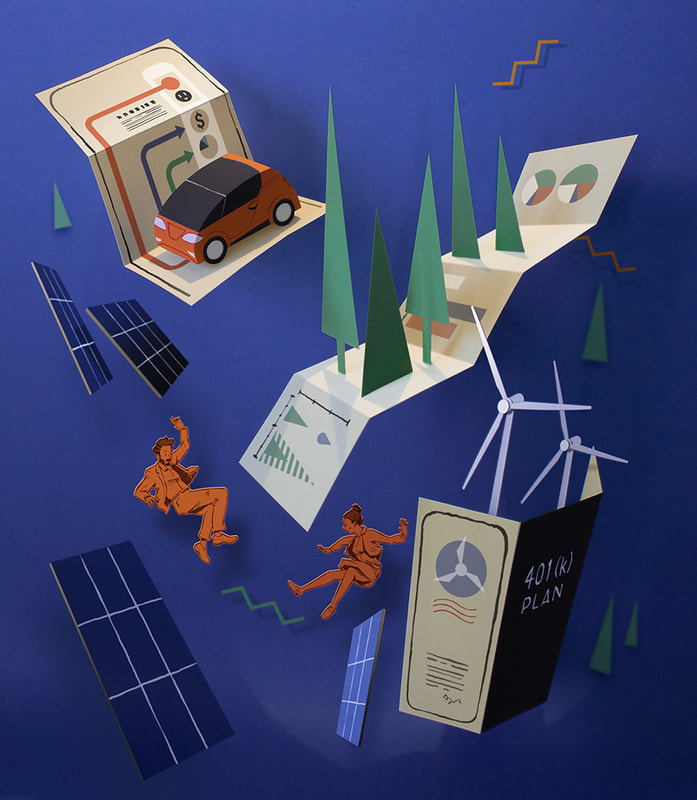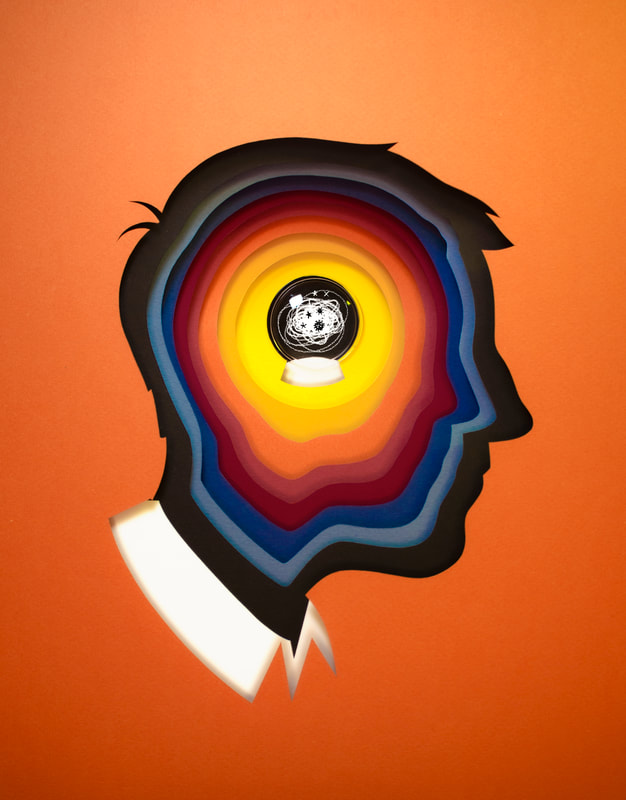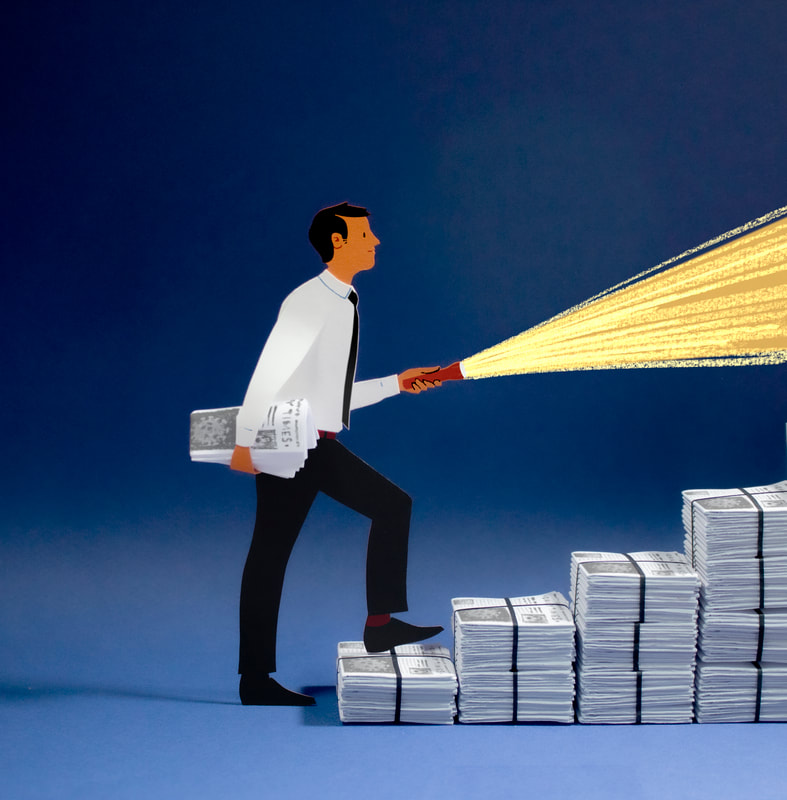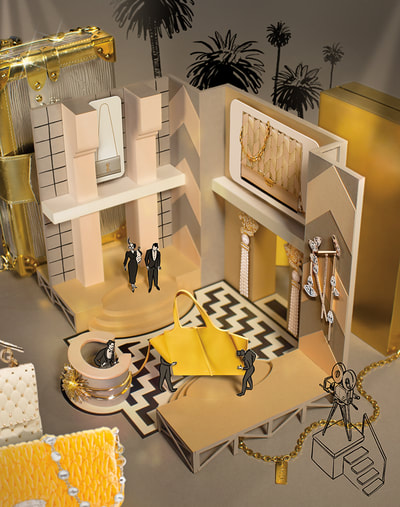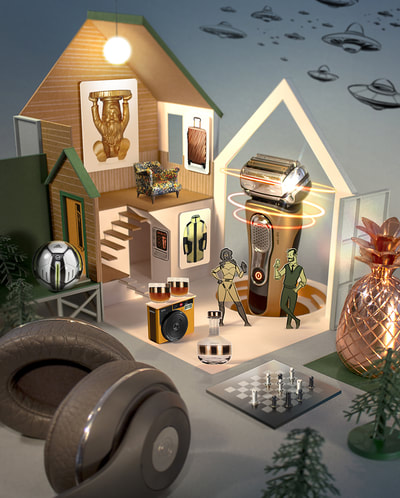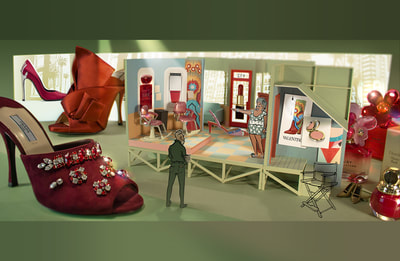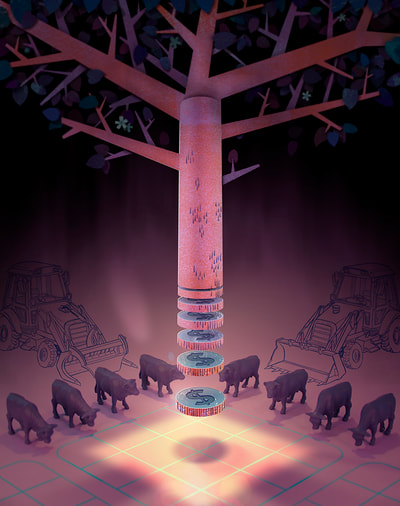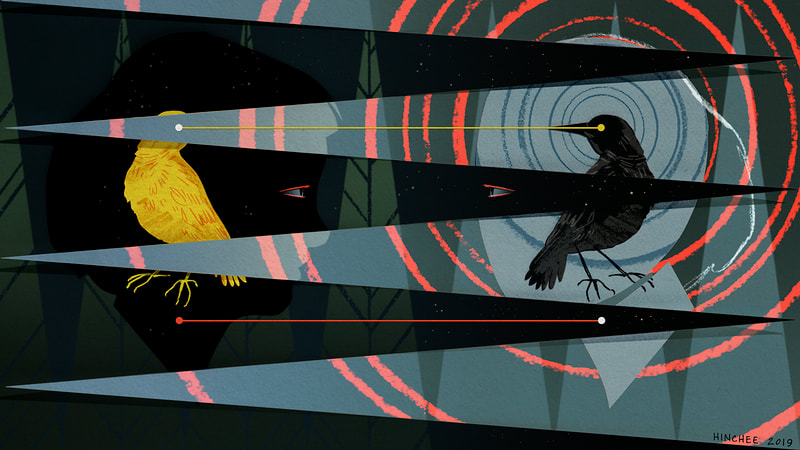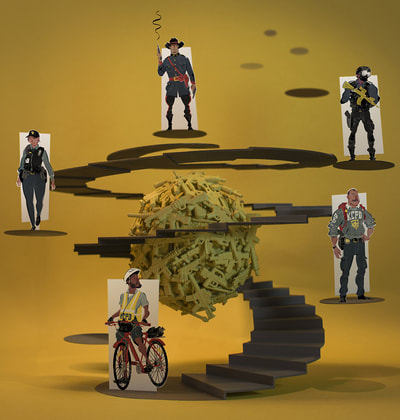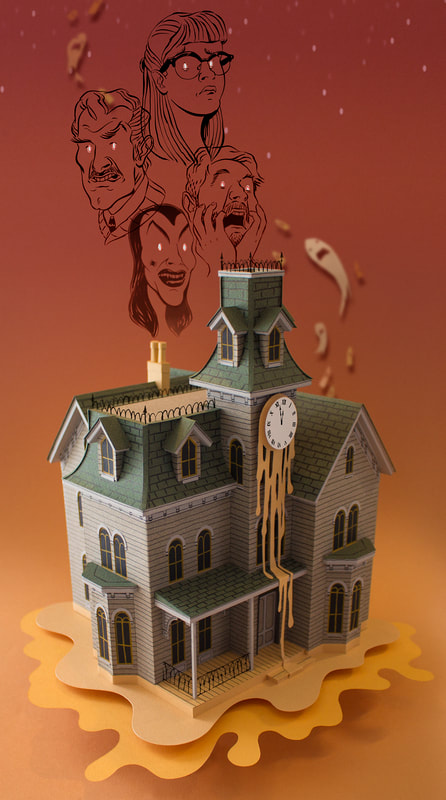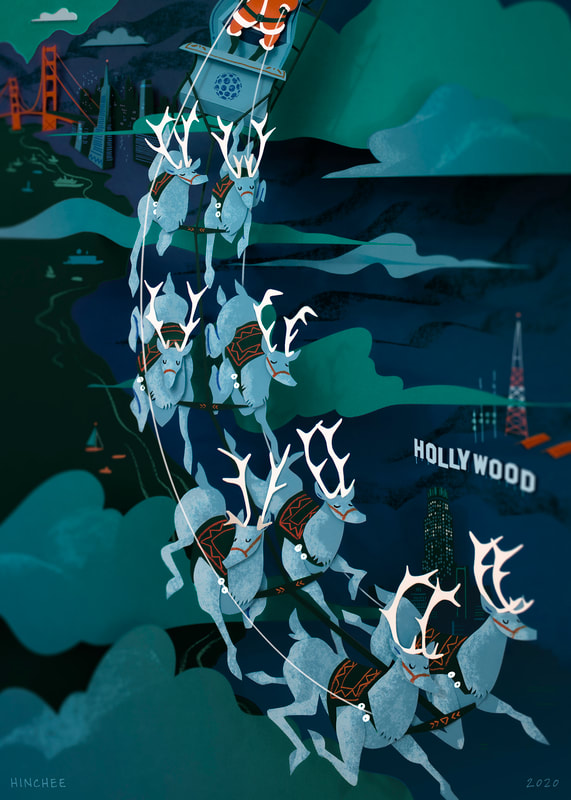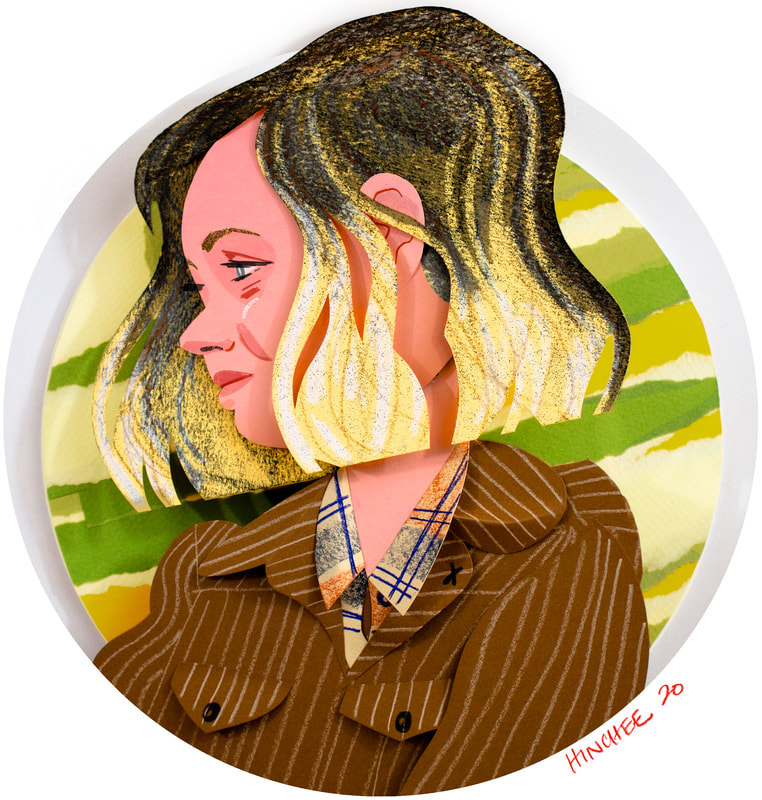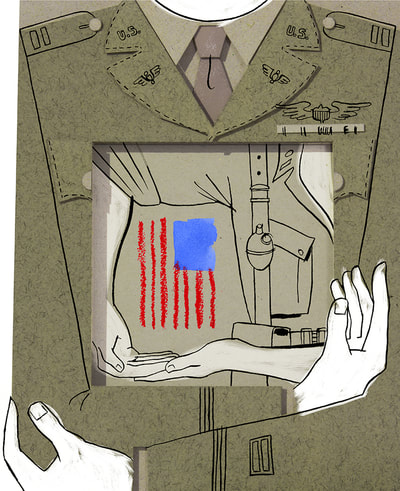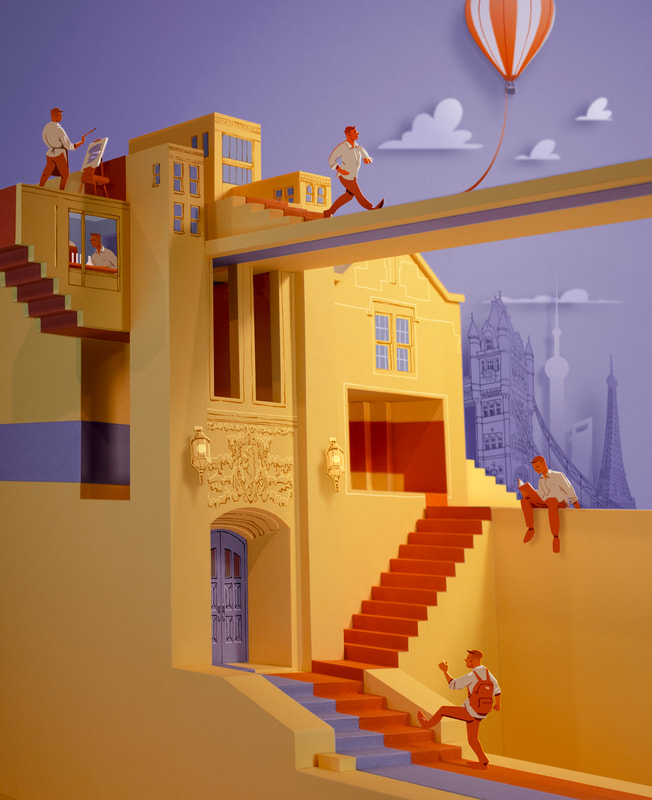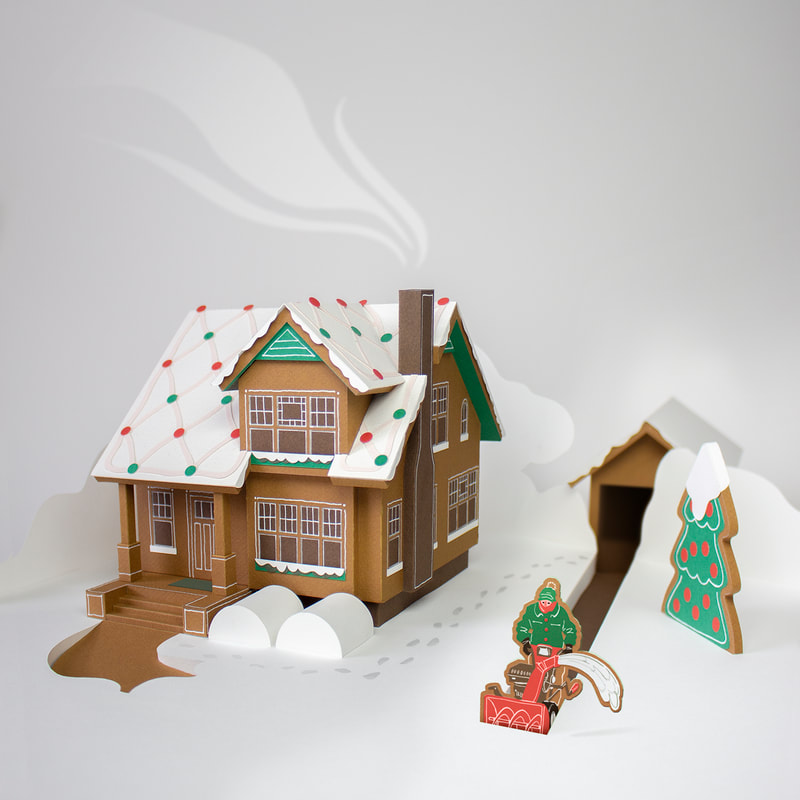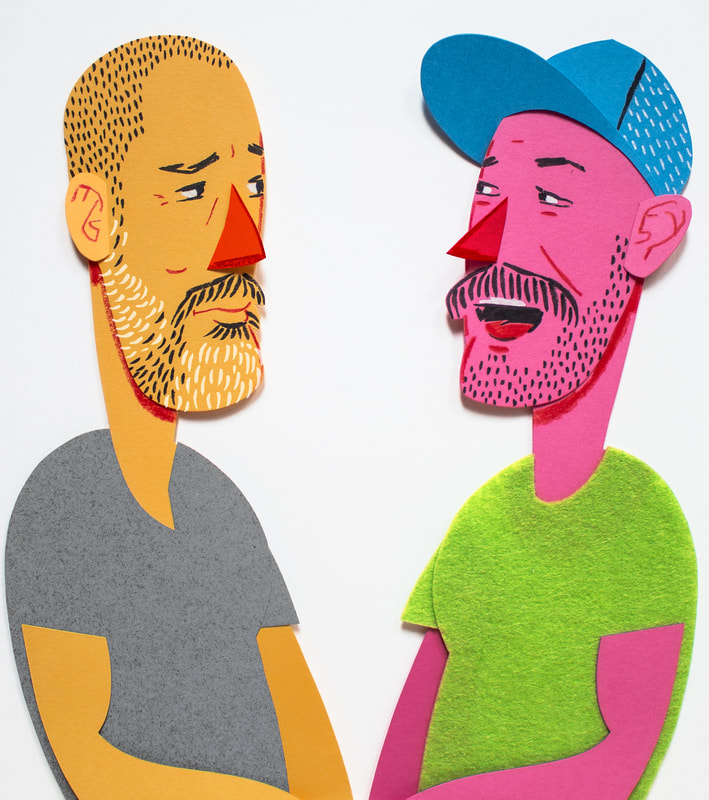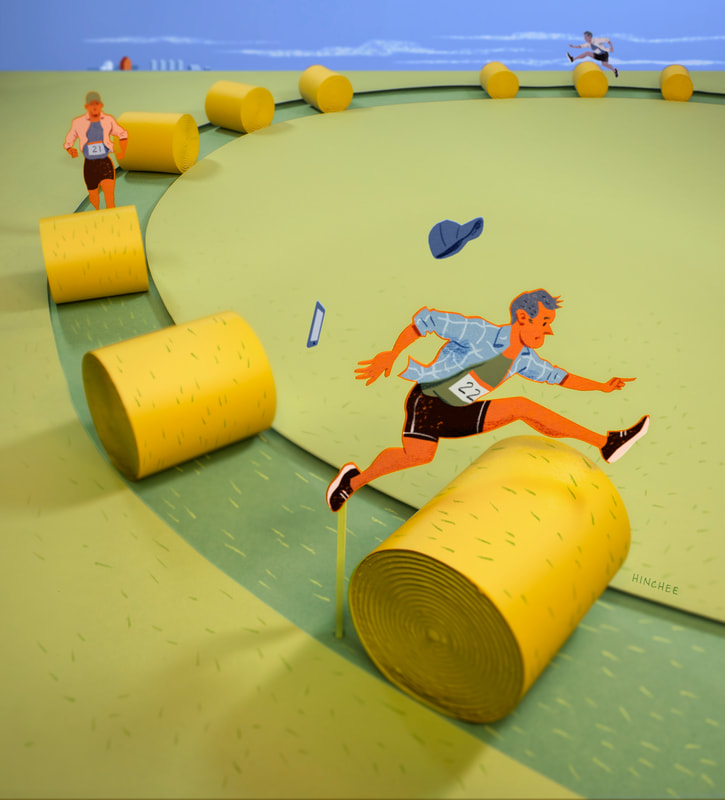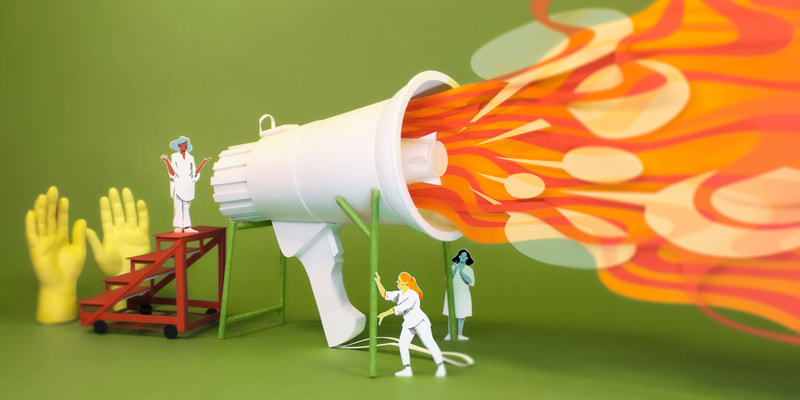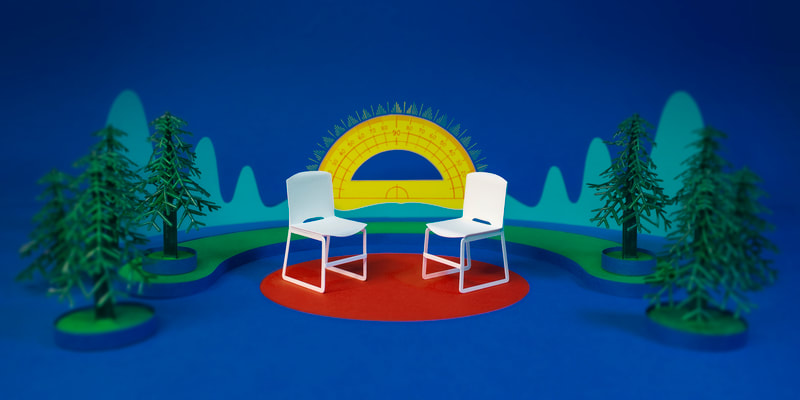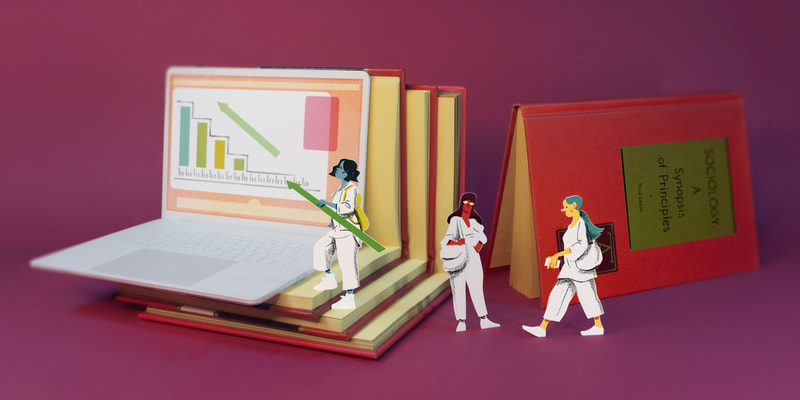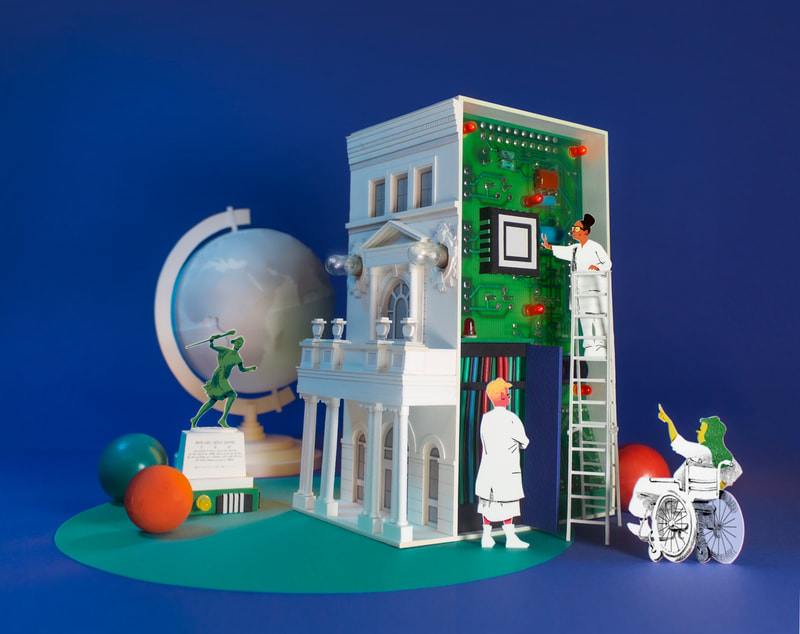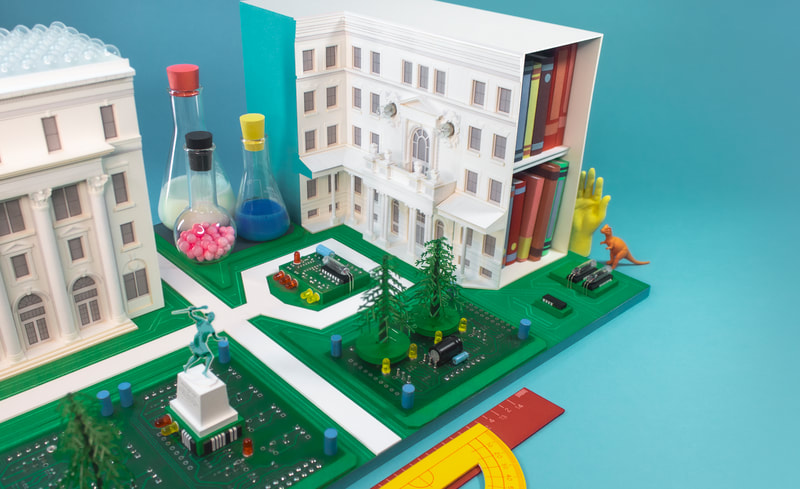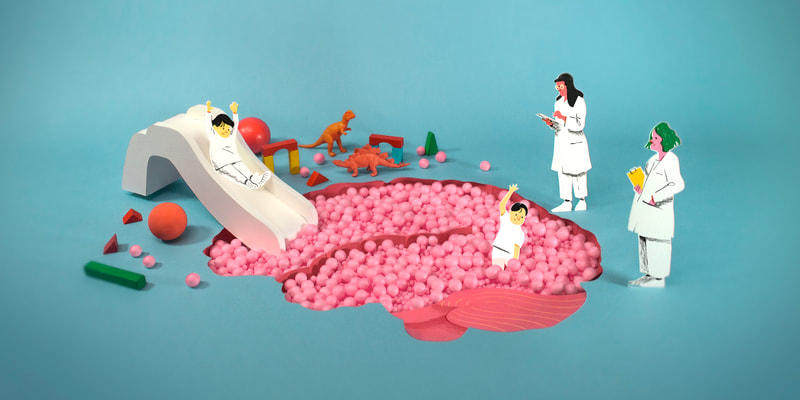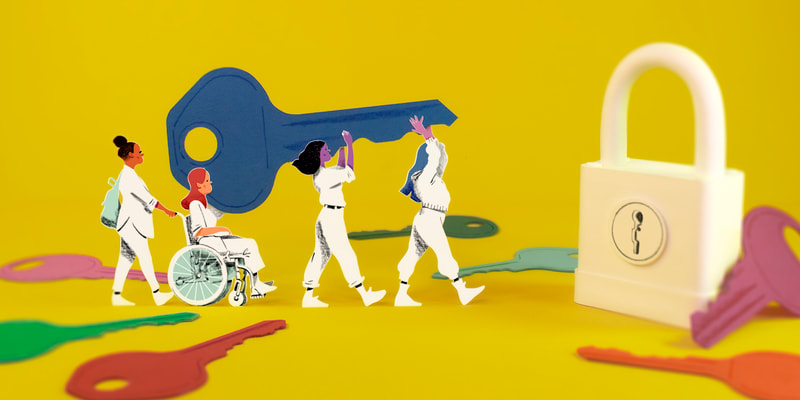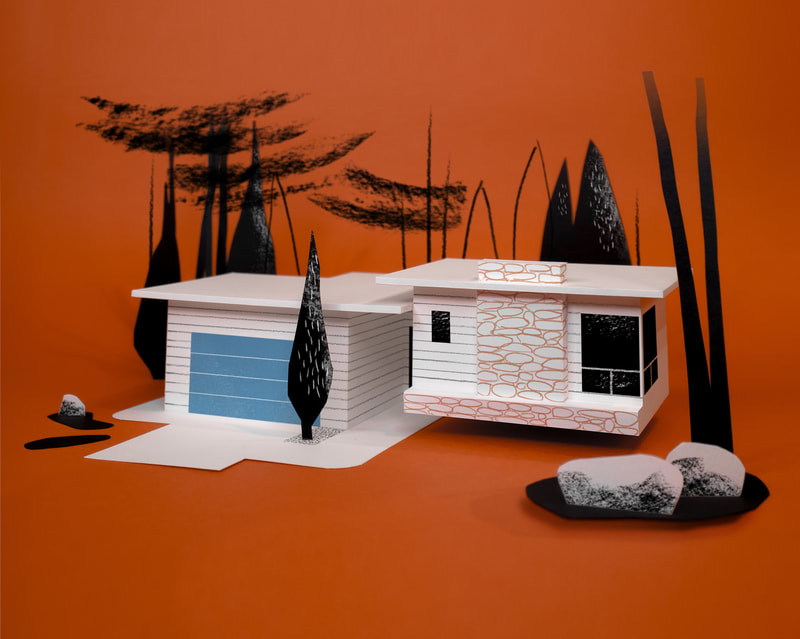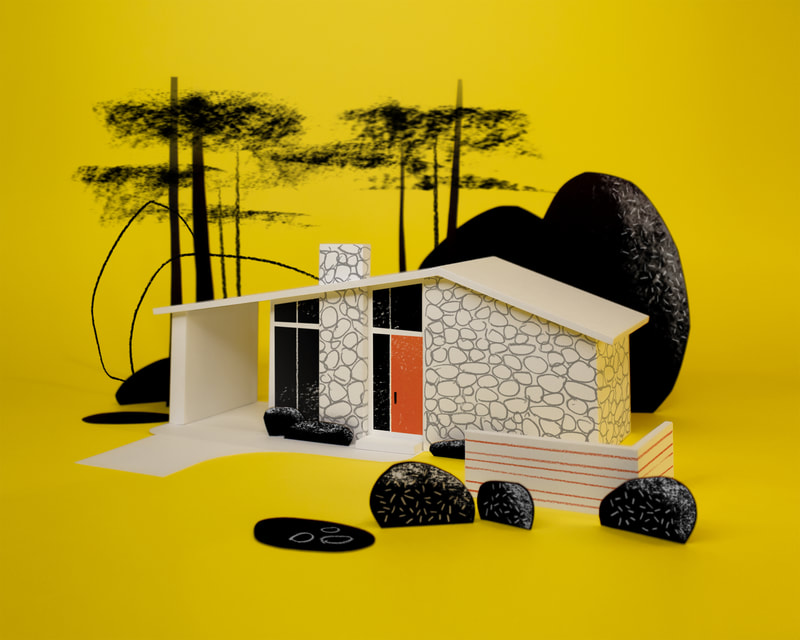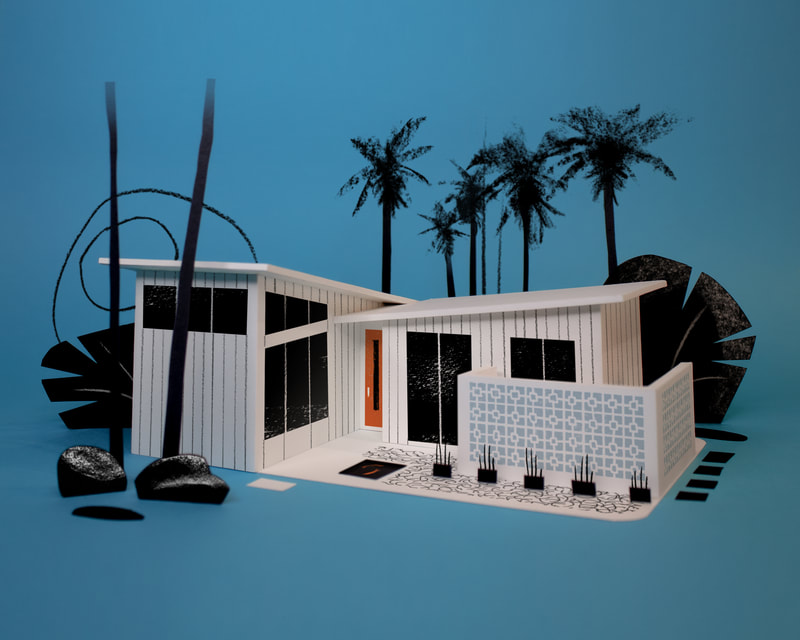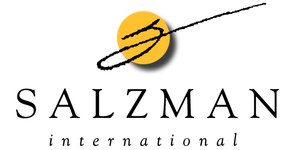Jeff HincheeMinneapolis, Minnesota
|
|
|
|
|
about Jeff
|
Bio:
Jeff Hinchee is an illustrator and set designer. Blending 2-D and 3-D, his illustrations are an assemblage of traditional drawing and painting, cut paper relief, meticulous models, and the odd found object. His clients include Penguin Random House, The New York Times, The Washington Post, This American Life, Disney Theatrical, and Interview Magazine. His illustrations can be seen at JeffHinchee.com. For television, Jeff has created special illustrations and featured graphics for "Little America", "Single Parents", "Search Party, and "Transparent", as well as for the European Games, and numerous live musical events such as “The Wiz Live!” and “Hairspray Live!” on NBC. His extensive theatrical work for Broadway, opera and ballet can be seen at JeffHincheeDesign.com. “When pressed through the mind of Jeff Hinchee, theater, character, imagination and concept take flight in his fascinating and ebullient tableaus.” —Chance Magazine Selected Clients:
New York Times Washington Post This American Life Entertainment Weekly Penguin Random House Workman Publishing Nintendo: Denizen Company Pepperidge Farm Goldfish: VMLY&R Silicon Valley Bank: Mekanism Disney Theatrical Group The Public Theater Variety Investment News Interview The InQueery Gulfshore Life Genesco Scene Discoveries Chance Benefits Pro INterview with Jeff HInchee:
How old were you when first realized you wanted to become an artist? I was very young. When my older brother was in Kindergarten I was allowed to pick books for myself from his Scholastic Book Club flyer, and I was instantly obsessed with both Caldecott books and “How to Draw” books. So I guess I was reading and drawing at around 3 years old. My uncle Jim was an artist and graphic designer, so I always saw that as a path, and my older cousin Toño is a terrific artist that I always looked up to. My parents enrolled me in art classes when I was about 5, so I’d have art class during the week in Elementary school, and also on weekends. I got to be an “art aid” for my school art teachers and spent early mornings and free time organizing paint, cutting clay for lessons, and whatever else needed to be done. From then on I spent all my spare time surrounded by art and art supplies. My dad would take me to all the art museums in Ohio (and New York) when I had school breaks. I can recall each of these key moments, but it really feels as though I’ve always been pulled to art. Do you still have any of your early artwork? I don’t have any myself but my mother, in Florida, and my step-mother, in Ohio, have boxes of early work at their homes. One of my favorite things to do as a child was to build scenes out of cardboard boxes and construction paper— buildings, cars, gadgets— for my toys and action figures. None of those things have survived over the years. Have you studied art formally? At 5 or 6 I started taking art classes for children at community centers and universities on weekends and over the summer. My public school system had very developed programs and excellent teachers so I maxed out what was available to me Kindergarten through Senior year of high school. I have a BFA from Carnegie Mellon University’s prestigious drama school, where I focused on set and costume design; and an MFA in Illustration from Savannah College of Art and Design. Is there an artist whose work you admire? What is it about their artwork that intrigues you? I admire the work of countless friends, colleagues, and teachers that I can fortunately pore over daily on Instagram. When I was little I was obsessed with Pee-Wee’s Playhouse and I think that visual sensibility really infected my subconscious. My family would visit my uncle in the East Village of New York when I was a kid and it was like being transported to the real art-world from tv (I ended up moving to the Village myself after college). As an adult I appreciate what Gary Panter and Wayne White brought to that show and I refer to their production illustrations and fine art often. I hope my work can capture their smart, joyful, and playful quality. How did you arrive at your current style. What techniques or authors inspired you? I’m trained as a theater designer and worked on Broadway for many many years. There are isolated skills within that design work that became second nature to me. For example scene painting, traditional drawing and painting, storyboarding, technical drafting, prop styling, and very obviously model making. My illustration style is an exploration of those skills combined into one image. In theater you often present a finished scale model of a set (a perfectly appointed miniature), but the process work leading there is all cut paper studies. I’ve arrived at a version of that “paper” space that mixes drawing with photographed handicraft. What are the sources for your inspiration? Do you have a muse? Do you have a process you employ to generate ideas? Museums are my muse. I’ve always been an avid museum goer and if I’m feeling creatively stuck a trip to a museum or gallery always pulls me out. Membership and free access is so vital because sometimes I just need a quick 15 minute visit to recharge in that creative energy. Where do you find inspiration, concepts or images for your illustrations? Do you have a purpose, a key message about important topics you wish to portray through your artwork? Regardless of the content, I always aim for inclusivity and visibility. What clues might you provide to help viewers understand your art? Dig 30 paces due south from the old cherry tree. Do you have cultural references to which you gravitate? I’m a cis, white American man (from European ancestry), which is the over represented demographic. I do enjoy pop-cultural references, and gravitate to the openness, empathy, and inclusivity of America’s greatest teaching tool… Sesame Street. What upcoming projects are you working on? I’m working on a series of 4 connected covers for Business of Home. It’s a fun project that will keep me busy all year. Can you describe your creative process? After thumbnail sketching I do visual research that informs a more refined, color sketch. I think people incorrectly assume my cut paper work takes a lot of extra time, but coming from theater design I am adept at quickly interpreting 2D drawings into a 3D physical space. Some projects necessitate a study model, but often I can dive right in on constructing as much as the schedule permits. I photograph the pieces myself, and once the image is edited I layer in hand drawn details and textures. This gives me a lot more flexibility with a client who may want changes in the final hours— I don’t have to completely erase and replace the photo, I can just swap elements digitally What tools do you use most in your work? I’d have nothing to show without my camera and Photoshop, but given that I work traditionally I rely on a handful of Prismacolor pencils, Canson’s colored papers, Excel blades, old cardboard boxes, foam core, artist’s tape, Elmer’s glue and T-pins. How do you re-charge when a difficult assignment nears the deadline? My mixed media illustrations require deliberately changing gears a few times, which keeps me fresh: Drawing, Building, Photographing, Editing, and Drawing again. If one of those areas is particularly demanding I do feel the burn. Ideally I’ll have at least a few hours between completing an illustration and turning it in. In that time I like to cook, play with my dog, or take a long shower to clear my head. That break usually illuminates some last minute edits or solidifies that the job is done. What is your favorite activity when you take a break from the studio? My partner John and I have just moved into a 120 year old farmhouse, and there is currently no end in sight to our planned improvements and renovations. We both really enjoy it. We’re currently planning the conversion of the old barn into my new studio, and his furniture workshop. What would be your dream illustration assignment? I very much love the excitement of new and unexpected projects, but also the synergy when an illustration ties into my experiences working in theater and television. I have been trying to make a paper haunted house each Halloween season, and in the back of my mind I’ll make a calendar when I’ve completed 12. Let’s check back on this in 10 years… |

